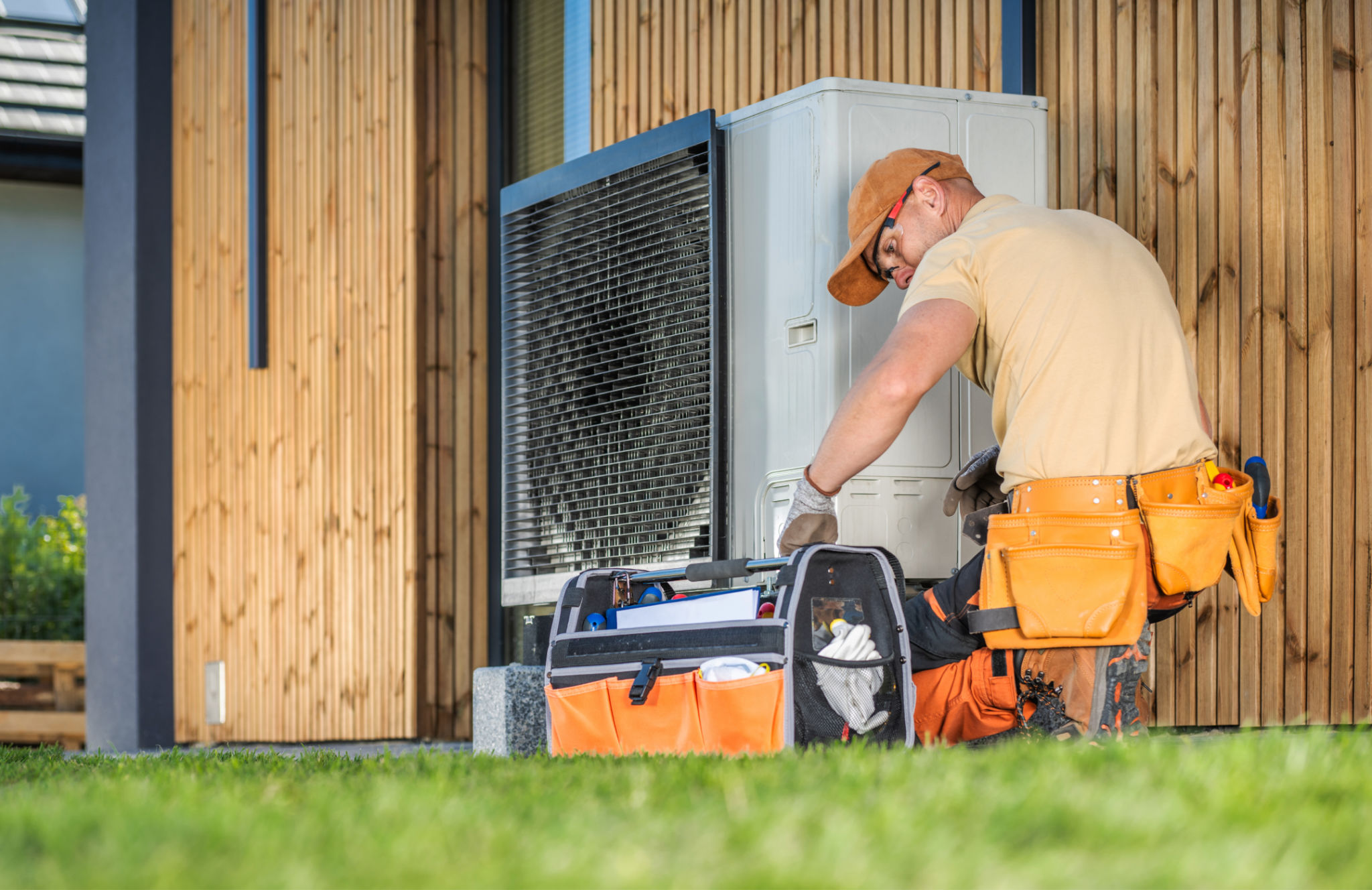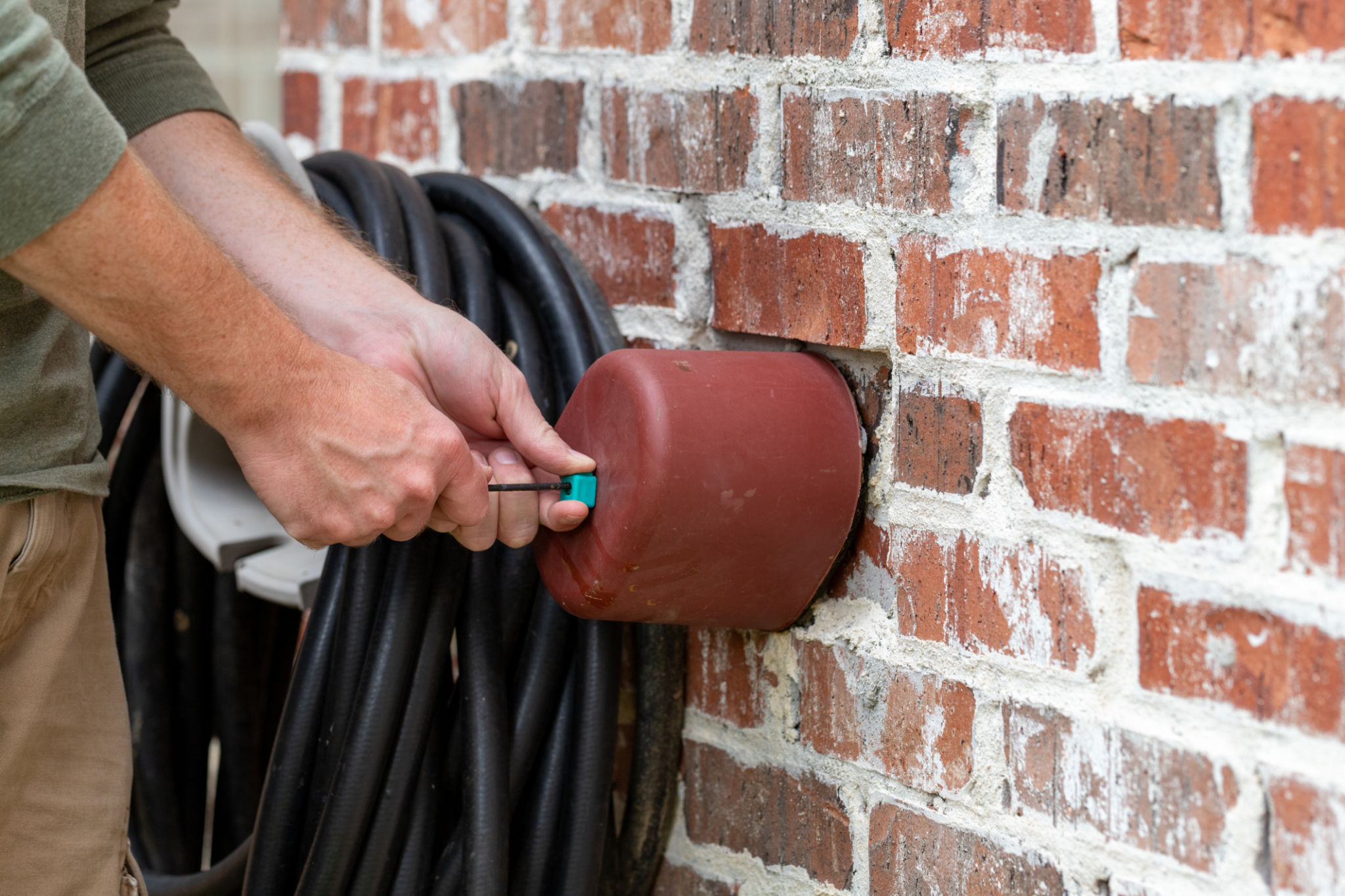Preparing Your Building for Winter: Key Maintenance Strategies
Td
Inspect Your Building's Exterior
As winter approaches, one of the first steps in preparing your building is to conduct a thorough inspection of its exterior. Check for any cracks or holes in the walls, foundations, and roofs. These openings can allow cold air and moisture to seep into the building, potentially leading to significant damage and increased heating costs. Seal any gaps with appropriate materials to ensure your building remains insulated and dry throughout the season.
Pay special attention to the roof. Look for damaged or missing shingles and fix them promptly to prevent leaks. It's also wise to clear gutters and downspouts of leaves and debris to ensure proper drainage during rain or snow. This helps avoid ice dams, which can cause water to back up and leak into your building.

Maintain Your Heating System
Your heating system is crucial for comfort and efficiency during the colder months. Before winter sets in, have a professional inspect and service your furnace or boiler. This includes checking for leaks, ensuring proper ventilation, and replacing any worn-out parts. Regular maintenance not only prolongs the life of your heating system but also helps prevent unexpected breakdowns when temperatures drop.
Consider upgrading to a smart thermostat if you haven't already. These devices allow you to control the temperature remotely and can help reduce energy consumption by adjusting heating schedules based on occupancy.

Prepare Plumbing for Cold Weather
Frozen pipes are a common issue in winter that can lead to significant damage if not addressed. To prevent this, insulate any exposed pipes in unheated areas such as basements, attics, or crawl spaces. Use pipe sleeves or heat tape for added protection. Additionally, ensure that outdoor faucets are shut off and drained properly to avoid freezing.
It's also a good idea to know the location of your building's main water shut-off valve. In case a pipe does freeze and burst, you can quickly turn off the water supply to minimize damage.

Focus on Windows and Doors
Windows and doors are common sources of heat loss in buildings. To keep the cold air out, make sure windows are properly sealed and use weather stripping around doors. Consider installing storm windows or thermal drapes for added insulation. These measures can significantly reduce drafts and help maintain a comfortable indoor temperature.
If your budget allows, upgrading to energy-efficient windows can provide long-term savings on heating bills while enhancing the overall comfort of your building.

Ensure Safety with Snow and Ice Management
Snow and ice can pose safety hazards around your building. Develop a snow removal plan that includes clearing walkways, driveways, and parking areas promptly after snowfall. Use salt or sand to reduce slipping hazards on icy surfaces. It's important to regularly check these areas throughout winter to ensure they remain safe for occupants and visitors.
Consider hiring a professional service if your building is large or if you lack the resources to manage snow removal effectively.

Conclusion
Preparing your building for winter involves several key maintenance strategies that ensure comfort, safety, and efficiency during the cold months. By inspecting the exterior, maintaining the heating system, protecting plumbing, securing windows and doors, and managing snow and ice, you can safeguard your property against winter's challenges. Implement these strategies early to enjoy peace of mind and a well-maintained building all season long.
